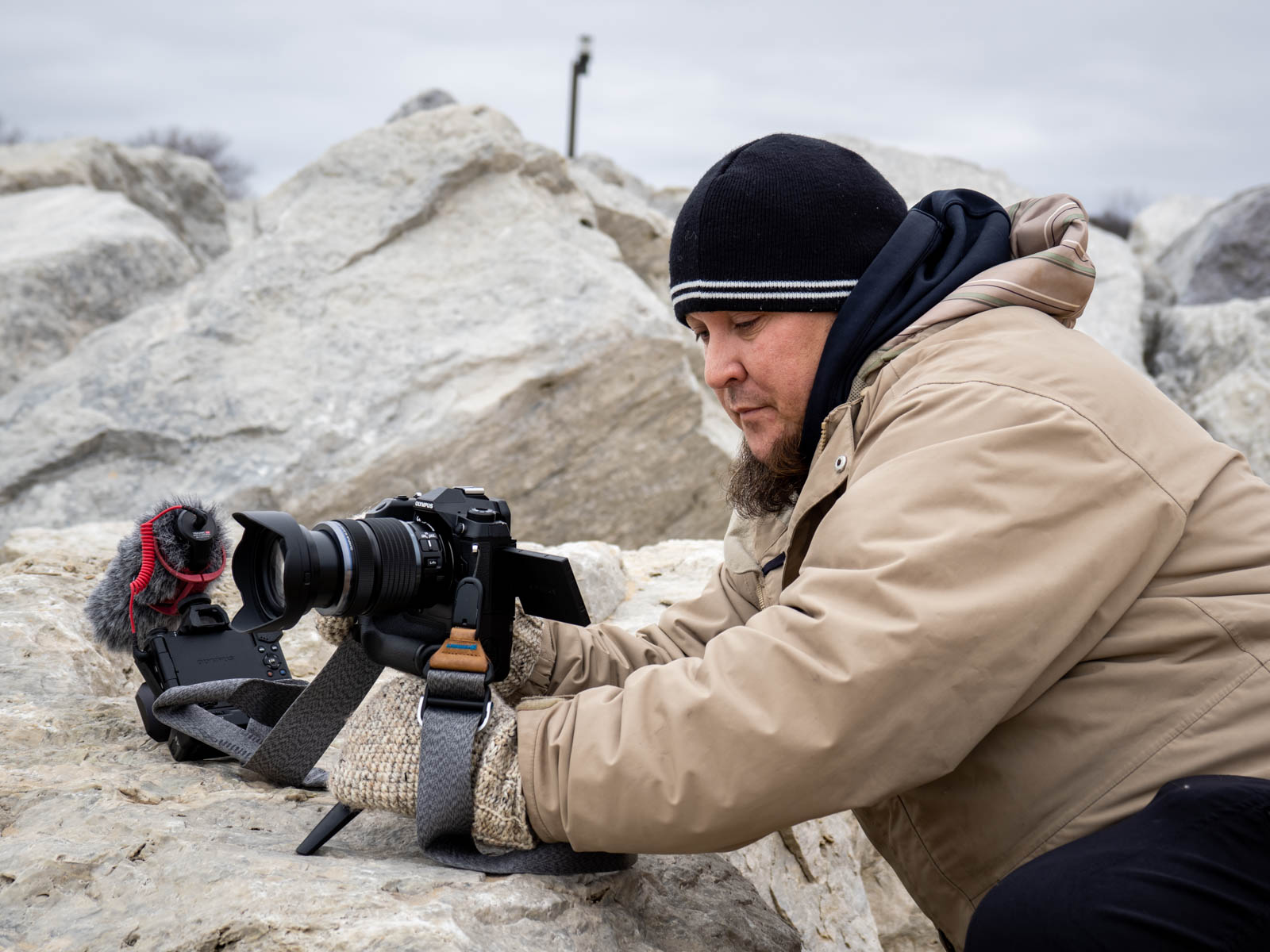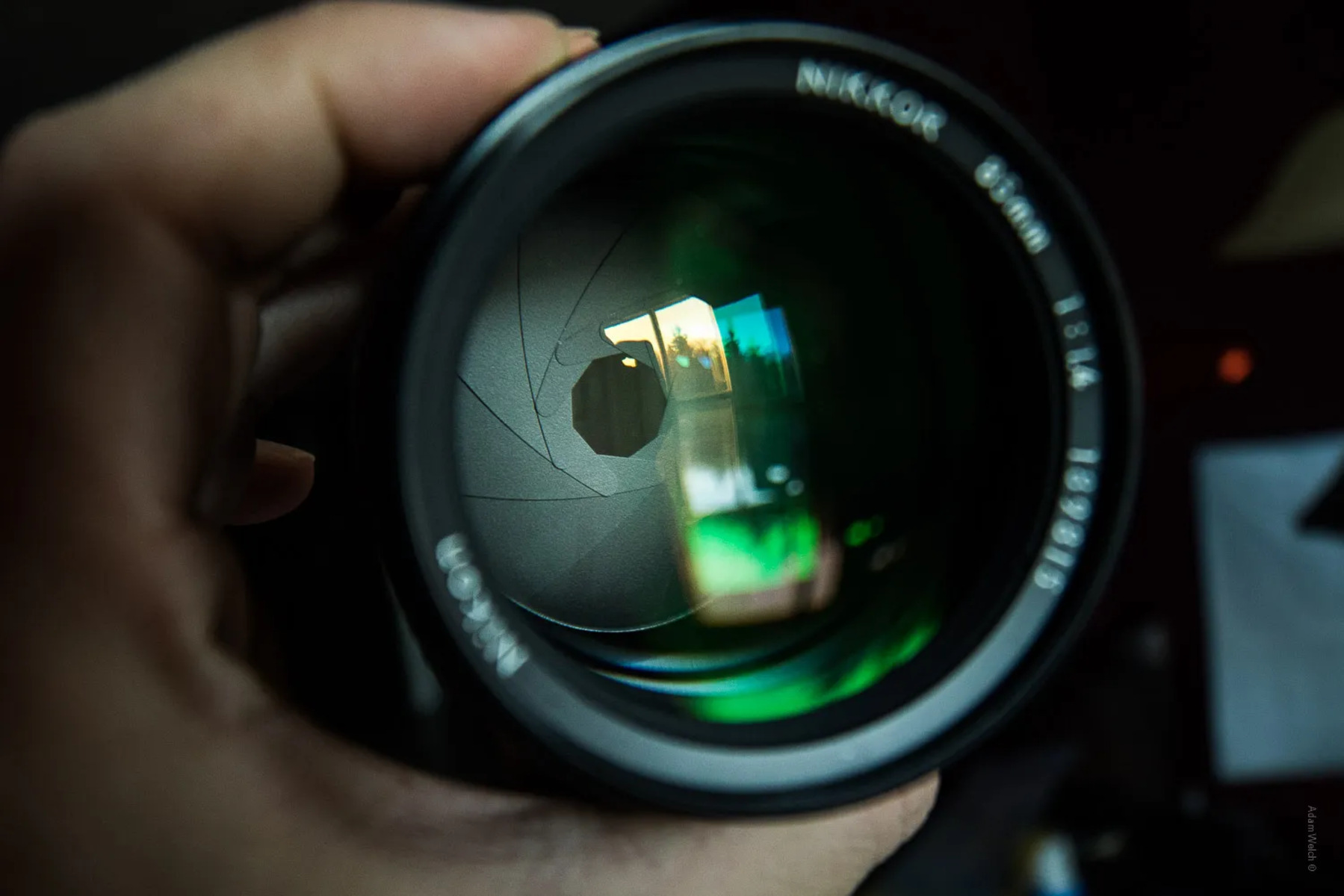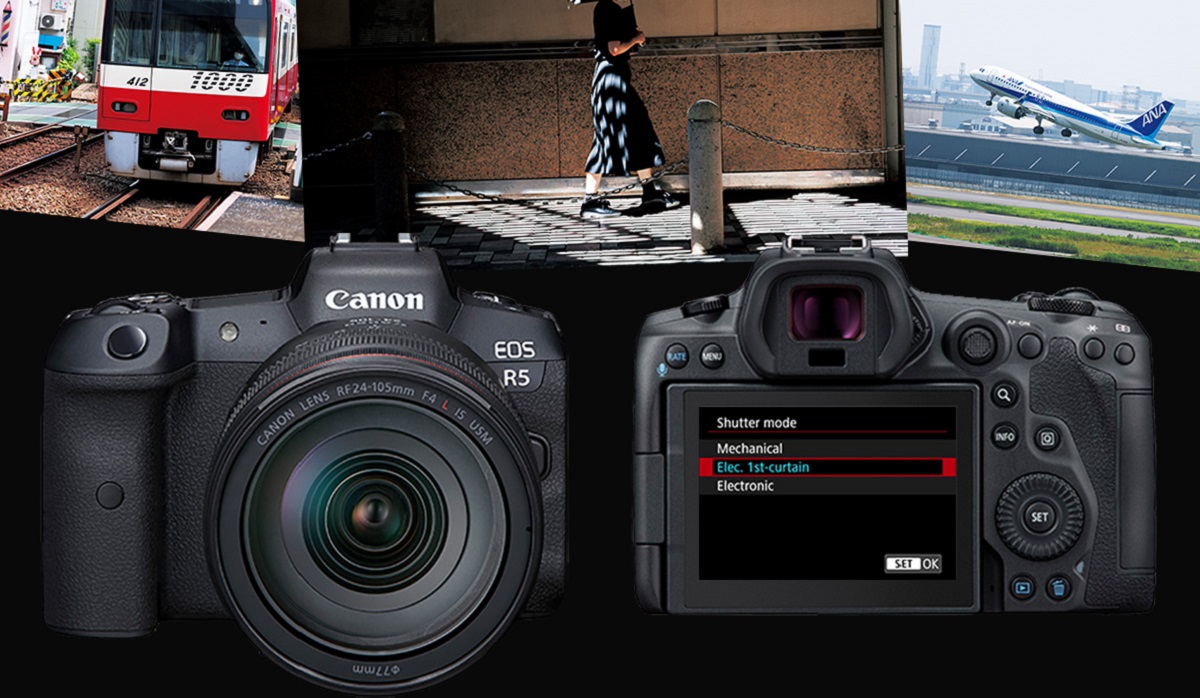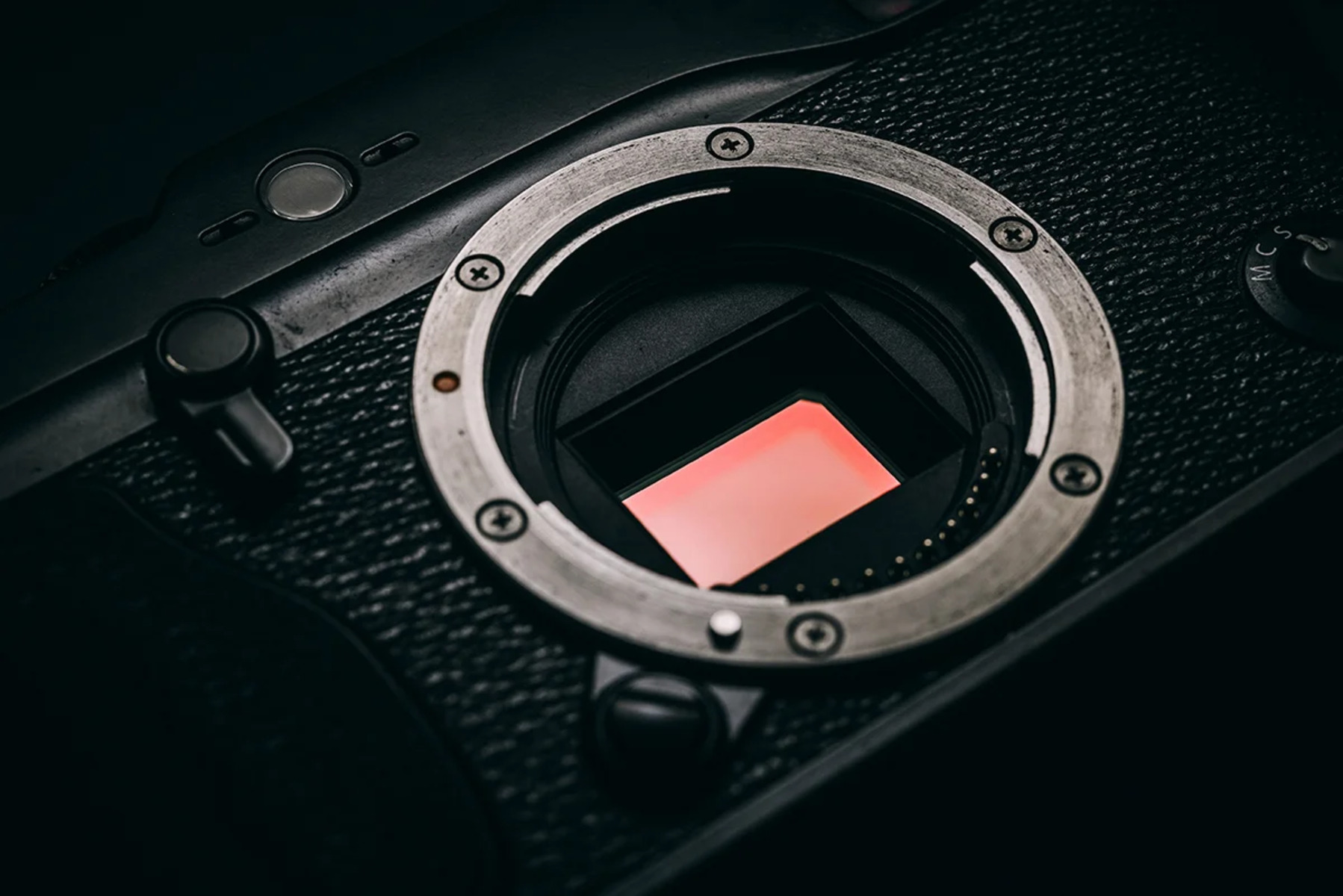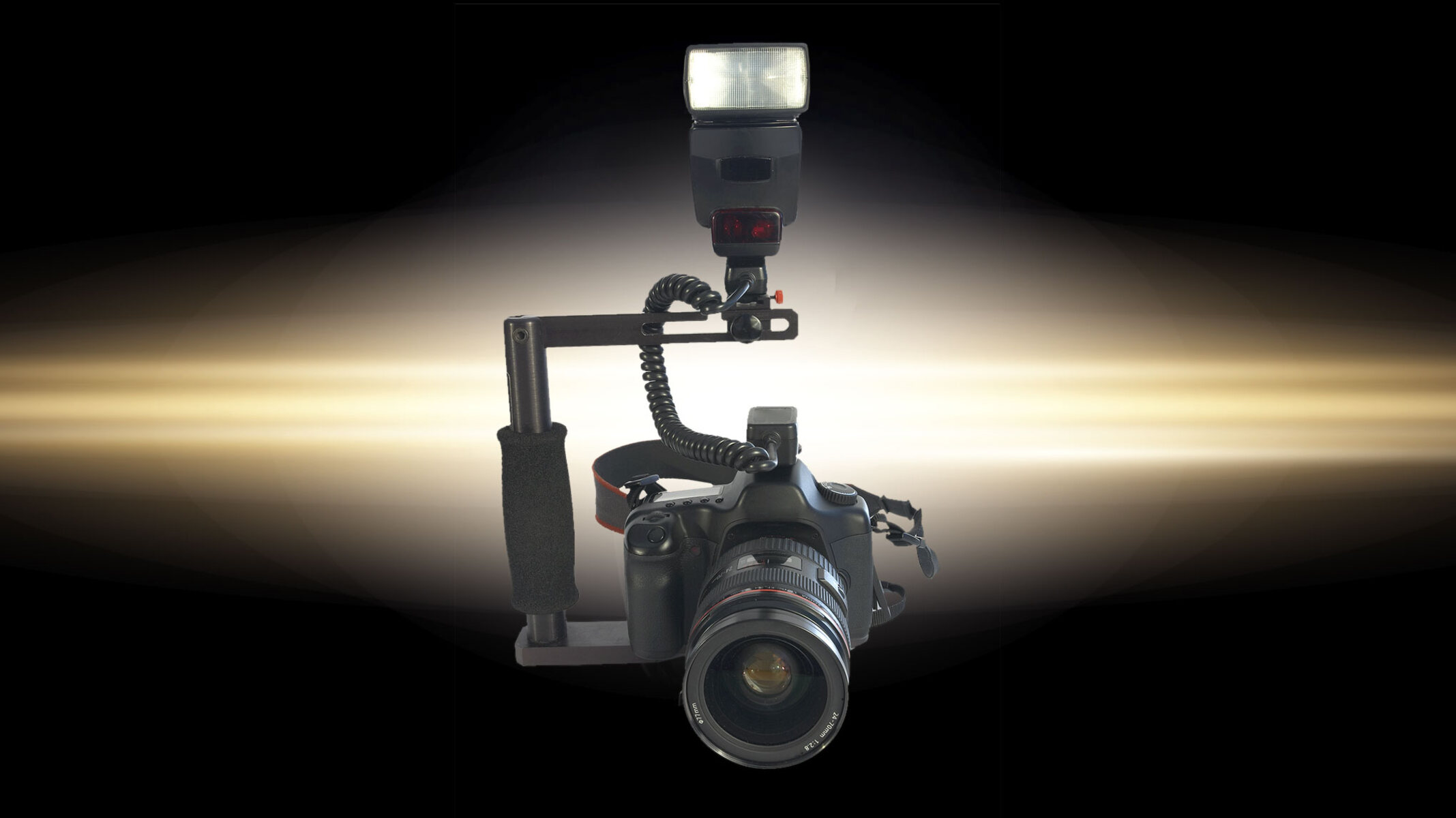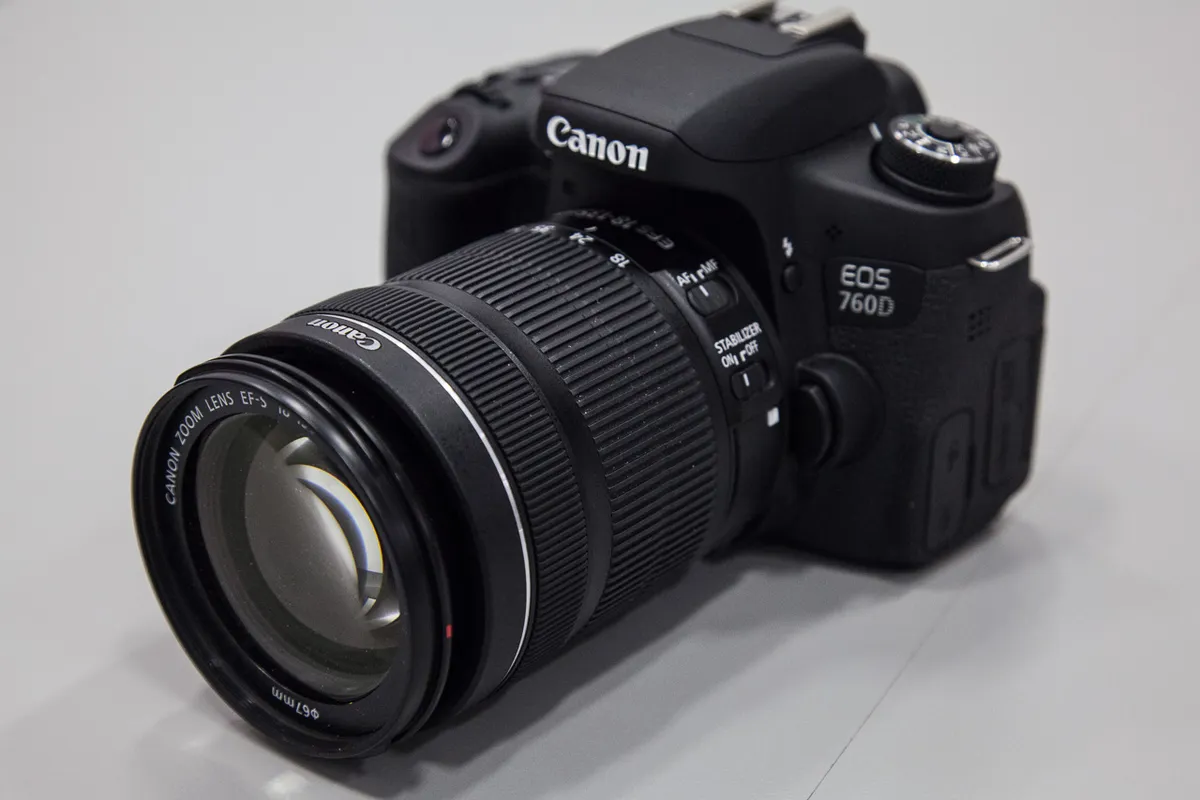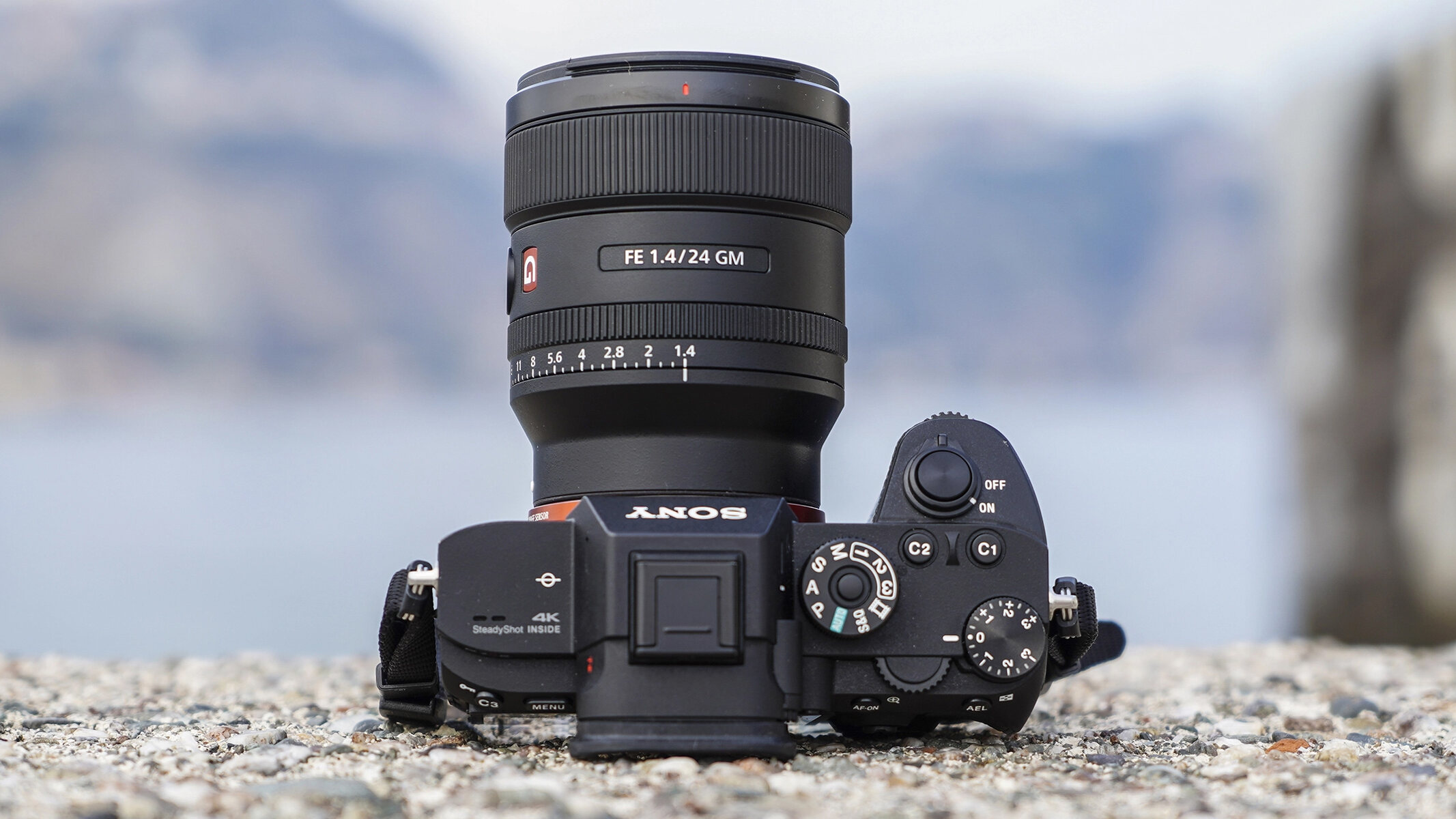Introduction
Understanding the Role of Shutter Speed in Mirrorless Cameras
Shutter speed is a fundamental concept in photography, and it plays a crucial role in capturing stunning images with a mirrorless camera. As photographers, understanding the impact of shutter speed on exposure, motion blur, and creative effects empowers us to unleash our creativity and capture breathtaking moments. In this article, we will delve into the intricacies of shutter speed and explore its significance in mirrorless photography.
The shutter speed of a camera refers to the length of time the camera's sensor or film is exposed to light when taking a photograph. It determines the duration for which the camera's shutter remains open, allowing light to reach the sensor and create an image. This fundamental aspect of photography directly influences the overall exposure of an image, as well as the ability to freeze fast-moving subjects or introduce captivating motion blur.
Understanding the relationship between shutter speed and exposure is essential for achieving well-balanced and properly exposed photographs. Additionally, mastering the creative potential of varying shutter speeds enables photographers to convey a sense of movement, freeze action, or experiment with long exposures to capture mesmerizing light trails and surreal effects.
In the following sections, we will explore the impact of shutter speed on exposure, motion blur, low light photography, and the creative possibilities it offers. By the end of this article, you will have gained a comprehensive understanding of how to leverage shutter speed to elevate your mirrorless photography skills and capture captivating images in diverse scenarios.
Understanding Shutter Speed
Shutter speed, measured in seconds or fractions of a second, determines the duration for which the camera’s shutter remains open, allowing light to reach the image sensor. Common shutter speed settings range from as fast as 1/4000 of a second to as slow as several seconds, offering photographers a wide spectrum of creative and technical possibilities.
Understanding the relationship between shutter speed and exposure is fundamental in photography. A faster shutter speed allows for a shorter duration of light exposure, resulting in a well-defined and frozen image, ideal for capturing fast-moving subjects or maintaining sharpness in handheld shots. On the other hand, a slower shutter speed prolongs the exposure time, enabling the sensor to capture more light and resulting in a sense of motion blur or the depiction of low-light scenes with greater detail.
Photographers often encounter situations where the choice of shutter speed significantly impacts the visual outcome of an image. For instance, when photographing sports or wildlife, a high shutter speed is essential to freeze the action and capture crisp, decisive moments. Conversely, in low-light environments or when aiming to convey a sense of movement, a slower shutter speed can produce compelling results, such as light trails or the smooth flow of water in long exposure shots.
Moreover, understanding the reciprocal relationship between shutter speed and aperture is crucial for achieving well-exposed images. The combination of these two settings influences the amount of light that reaches the sensor, thereby affecting the overall exposure and depth of field in a photograph. By comprehending the interplay between shutter speed, aperture, and ISO sensitivity, photographers can master the art of balancing exposure while achieving their desired creative vision.
As we delve deeper into the impact of shutter speed on exposure, motion blur, and creative effects in mirrorless photography, it becomes evident that mastering this fundamental aspect of camera settings empowers photographers to unleash their creativity and capture captivating imagery in diverse scenarios.
The Impact of Shutter Speed on Exposure
Shutter speed plays a pivotal role in determining the overall exposure of an image. Understanding how different shutter speed settings influence exposure is essential for achieving well-balanced and visually captivating photographs. When adjusting the shutter speed, photographers directly control the amount of light that reaches the camera’s sensor, thereby influencing the brightness and clarity of the captured image.
A faster shutter speed, such as 1/1000 of a second or higher, limits the duration of light exposure, resulting in a well-defined and properly exposed image, especially in brightly lit environments. This setting is ideal for freezing fast-moving subjects or capturing sharp details in dynamic scenes, ensuring that fleeting moments are preserved with exceptional clarity.
Conversely, employing a slower shutter speed, such as 1/30 of a second or longer, allows the sensor to capture light over an extended period, particularly in low-light situations. While this can lead to increased exposure, it also introduces the potential for captivating motion blur, emphasizing movement and adding a dynamic element to the photograph. Additionally, slower shutter speeds enable photographers to convey a sense of time and capture the ambiance of dimly lit scenes with enhanced detail and luminosity.
When adjusting the shutter speed to achieve the desired exposure, it is crucial to consider the reciprocal relationship between shutter speed, aperture, and ISO sensitivity. These three elements collectively determine the amount of light that reaches the sensor, and mastering their interplay is fundamental for achieving optimal exposure in diverse lighting conditions.
By comprehending the impact of shutter speed on exposure, photographers can confidently adapt their settings to suit the specific requirements of a scene, whether it involves freezing fast action, conveying a sense of motion, or accurately capturing the ambiance of low-light environments. This nuanced understanding of shutter speed empowers photographers to transcend technical limitations and express their creative vision with precision and artistry.
Motion Blur and Freezing Action
Shutter speed serves as a powerful tool for photographers to convey motion and capture dynamic scenes with precision. By adjusting the shutter speed, photographers can either introduce captivating motion blur or freeze fast-moving subjects, allowing for the artistic interpretation of movement and action in their images.
When employing a slower shutter speed, such as 1/30 of a second or longer, photographers have the opportunity to introduce motion blur, which can add a compelling sense of dynamism to their photographs. This effect is particularly effective when photographing moving subjects, such as flowing water, bustling city streets, or vehicles in motion. The intentional blurring of elements in the frame can convey a sense of energy and fluidity, immersing viewers in the vibrant essence of the scene.
Conversely, utilizing a faster shutter speed, such as 1/1000 of a second or higher, enables photographers to freeze fast action with remarkable precision. This setting is invaluable when capturing sports, wildlife, or any fast-paced activity, as it ensures that fleeting moments are preserved in sharp detail, allowing viewers to appreciate the intricacies of the captured motion. The ability to freeze action empowers photographers to immortalize split-second events and convey the intensity and vitality of the subject matter.
Understanding the impact of shutter speed on motion blur and freezing action equips photographers with the creative flexibility to adapt their settings according to the specific dynamics of a scene. Whether it involves conveying a sense of speed and movement through deliberate blurring or preserving the crispness of a decisive moment, the deliberate manipulation of shutter speed enables photographers to imbue their images with a compelling narrative and visual impact.
By mastering the art of utilizing shutter speed to convey motion and freeze action, photographers can elevate their storytelling capabilities and create images that resonate with energy, vitality, and a profound sense of immediacy. The nuanced control over motion offered by varying shutter speeds empowers photographers to capture the essence of dynamic moments and communicate the exhilarating spirit of their subjects with unparalleled artistry.
Shutter Speed and Low Light Photography
When confronted with low-light conditions, the choice of shutter speed becomes a critical factor in capturing compelling images with a mirrorless camera. In such scenarios, understanding the relationship between shutter speed and low light is essential for photographers to effectively manage exposure and convey the ambiance of dimly lit environments with finesse.
Employing a slower shutter speed in low-light situations, such as 1/30 of a second or longer, allows the camera’s sensor to capture light over an extended period, resulting in well-exposed images that reveal the nuanced details and atmospheric qualities of the scene. This deliberate prolonging of the exposure time enables photographers to convey the mood and essence of dimly lit settings, preserving the subtleties of light and shadow to create evocative and immersive photographs.
Furthermore, the use of longer shutter speeds in low-light photography offers photographers the opportunity to experiment with long exposures, capturing mesmerizing light trails, starry night skies, or the gentle movement of ambient light sources. This creative exploration of extended exposure times unlocks a realm of artistic possibilities, allowing photographers to craft images that transcend the constraints of conventional perception and reveal the enchanting beauty of low-light environments.
Conversely, when faced with low-light scenarios that involve fast-moving subjects or the need to maintain sharpness in handheld shots, a higher shutter speed remains crucial. By carefully selecting a faster shutter speed, such as 1/1000 of a second or higher, photographers can freeze action and ensure that their images retain impeccable clarity and definition, even in challenging lighting conditions.
Understanding the nuanced interplay between shutter speed and low light empowers photographers to adapt their settings effectively, enabling them to capture the essence of dimly lit scenes with remarkable fidelity and artistic expression. By leveraging the potential of varying shutter speeds in low-light photography, photographers can transcend technical limitations and create captivating images that resonate with atmospheric allure and visual sophistication.
Creative Effects with Shutter Speed
Shutter speed serves as a versatile tool for photographers to unleash their creativity and capture captivating images that transcend conventional representation. By skillfully manipulating the shutter speed settings on a mirrorless camera, photographers can achieve a myriad of creative effects, ranging from mesmerizing light trails to the ethereal flow of motion in long exposure shots.
One of the most captivating creative effects achievable through shutter speed manipulation is the rendering of light trails. By employing a slow shutter speed and photographing moving light sources, such as vehicles at night or handheld light sources, photographers can immortalize the graceful movement of light in mesmerizing streaks, adding a dynamic and enchanting element to their images.
Furthermore, long exposure photography, facilitated by extended shutter speeds, enables photographers to capture the passage of time in a single frame. This technique is particularly effective in scenarios involving flowing water, celestial bodies, or bustling cityscapes, allowing photographers to convey a sense of motion and temporality with remarkable artistry and visual impact.
Additionally, the deliberate use of shutter speed can facilitate the creation of compelling abstract imagery, where intentional camera movement, combined with varied shutter speeds, results in visually arresting and evocative photographs. This experimental approach to photography empowers artists to transcend traditional representation and explore the boundless realm of visual expression.
Moreover, the manipulation of shutter speed can yield striking effects in capturing the movement of subjects, such as dancers, athletes, or wildlife. By choosing an appropriate shutter speed, photographers can convey the fluidity and dynamism of motion, immortalizing the grace and power of their subjects with remarkable precision and artistic flair.
Understanding the potential for creative expression through varied shutter speeds elevates photographers to the realm of visual storytellers, enabling them to craft images that resonate with emotive depth and artistic ingenuity. The deliberate control over shutter speed empowers photographers to transcend technical constraints and capture the essence of fleeting moments with timeless allure and evocative resonance.
Conclusion
Shutter speed stands as a cornerstone of mirrorless photography, offering photographers a nuanced and powerful tool for controlling exposure, conveying motion, and unlocking a realm of creative possibilities. By understanding the intricate relationship between shutter speed and exposure, photographers can confidently adapt their settings to suit diverse lighting conditions, ensuring that their images are well-balanced and visually captivating.
Furthermore, the deliberate manipulation of shutter speed empowers photographers to freeze fast action with remarkable precision or introduce captivating motion blur, adding a dynamic and expressive dimension to their images. This ability to convey movement and energy through shutter speed settings elevates the storytelling capabilities of photographers, enabling them to capture the essence of dynamic moments with unparalleled artistry.
Moreover, in low-light photography, the judicious selection of shutter speed allows photographers to convey the ambiance and subtleties of dimly lit environments with finesse, preserving the luminosity and mood of the scene. The creative potential of longer shutter speeds in low-light scenarios unlocks a realm of artistic exploration, enabling photographers to craft images that resonate with atmospheric allure and visual sophistication.
Ultimately, the deliberate control over shutter speed offers photographers the means to unleash their creativity and capture compelling images that transcend traditional representation. Whether immortalizing light trails, conveying the passage of time through long exposure photography, or capturing the fluidity of motion, the mastery of shutter speed empowers photographers to express their artistic vision with precision and emotive resonance.
As photographers continue to explore the multifaceted capabilities of shutter speed in mirrorless photography, they embark on a journey of artistic discovery, where technical proficiency converges with creative expression to produce imagery that resonates with timeless allure and profound narrative depth. The mastery of shutter speed stands as a testament to the photographer’s ability to transcend the constraints of the medium and capture the essence of fleeting moments with timeless elegance and visual sophistication.







